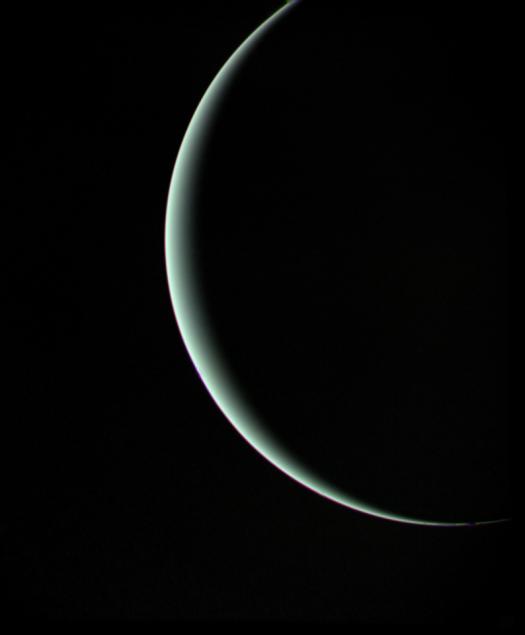3
3488
Guest
Thanks to member H2Ouniverse who recently tipped me off about this, I thought I would start a topic on this.
LPI The Case for a Uranus Orbiter.
Uranus Orbiter presentation. March 2009.
The scientific case certainly merits this, as would a Neptune one (though we will get a Neptune / Triton pass with ARGO / New Horizons 2 if approved). These would compliment the Galileo Jupiter & Cassini Saturn missions well.
Below, a crescent Uranus as seen from Voyager 2. Something impossible to see from Earth.
 .
.
Andrew Brown.
LPI The Case for a Uranus Orbiter.
Uranus Orbiter presentation. March 2009.
The scientific case certainly merits this, as would a Neptune one (though we will get a Neptune / Triton pass with ARGO / New Horizons 2 if approved). These would compliment the Galileo Jupiter & Cassini Saturn missions well.
Below, a crescent Uranus as seen from Voyager 2. Something impossible to see from Earth.

Andrew Brown.


